Confessions of a Community Manager
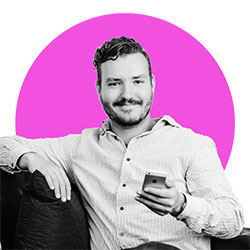
Situated in the heart of one of the most historic cities in the United States, st@rtup were pioneers of coworking in Harrisburg, Pennsylvania. I recently spoke to community manager, Tori Yardsley, about the early days and the challenges she has faced working in an untested role in a new industry. She offers invaluable insights for coworking spaces to make the most positive contribution to their communities inside and outside their walls, as well as valuable lessons for community managers the world over.
An Unconventional Job Opportunity
st@rtup, the brainchild of local entrepreneurs Adam Porter and Adam Brackbill, initially opened in a much smaller building in 2013. Familiar with coworking spaces elsewhere in the US, Porter and Brackbill dreamt of bringing the philosophy of coworking to the heart of Pennsylvania's capital. Within a year of opening, they'd already reached capacity, and by 2015, they were ready to expand. Fortuitously, they were approached by their landlord and offered their current, much larger space in a historic building in the center of Midtown.
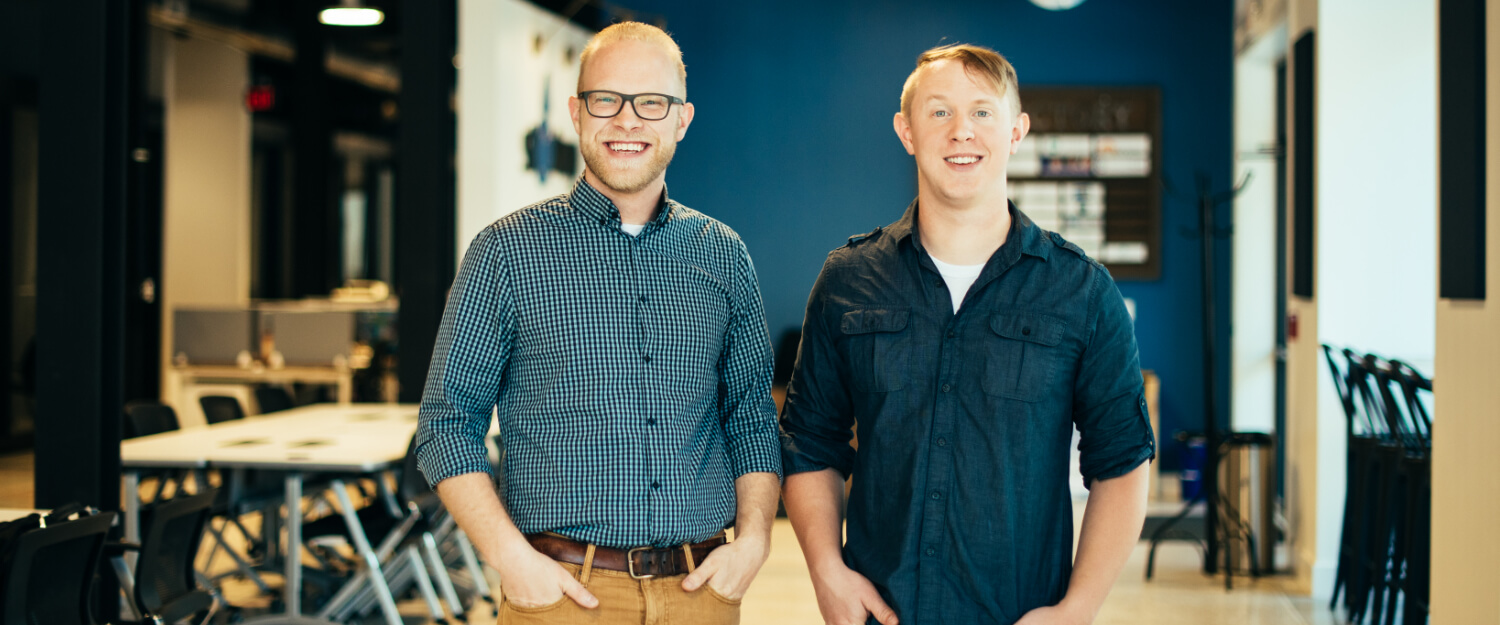
At the time, Tori Yardsley was friends with both Adams, working at nearby Midtown Cinema, operated by Adam Porter. She had often been involved in numerous conversations while the space was being built and was interested in coworking as an idea, as well as its potential for impact.
“I was in school for social work at the time,” Tori told me, “and I’d been spending a lot of time thinking about human relationships, our sense of belonging, and how important those were. You’re looking at all of these social ills, and you’re trying to understand a holistic approach to solving them. You realize that so many things come back to a person’s sense of belonging and connection to a community and the support that they derive from that.”
Coworking, for Tori, was a natural way to implement the things she was learning about in her social work program.
“I really loved the idea that coworking is a physical representation of community,” Tori says. “It can be a support for people who are there, you know? Sure, at worst, it’s just a desk. But at its best, it’s a vibrant community, all about support and being there for each other and just being able to really connect with other people.”
Tori had done plenty of freelance work in her life, so she was familiar with how isolating that can feel. "It's very difficult," Tori told me. "And as someone who works a lot, I've always found that most of my community comes out of my workplace. It comes from the people that I'm spending time around. I make friends with customers at a coffee shop or the bookstore, and I've seen how that can happen organically."
One day, during a conversation about the coworking space, Tori and Adam Porter hit upon an unconventional and exciting idea.
“Adam just kind of had this light bulb look on his face,” Tori says. “He was just like, ‘oh my God, I have a job for you! I don't really know what it is yet, but it's going to be interesting.”
Be a Part of the Community You’re Trying to Build
Tori joined the st@rtup team in 2016, on the opening day of the new location.
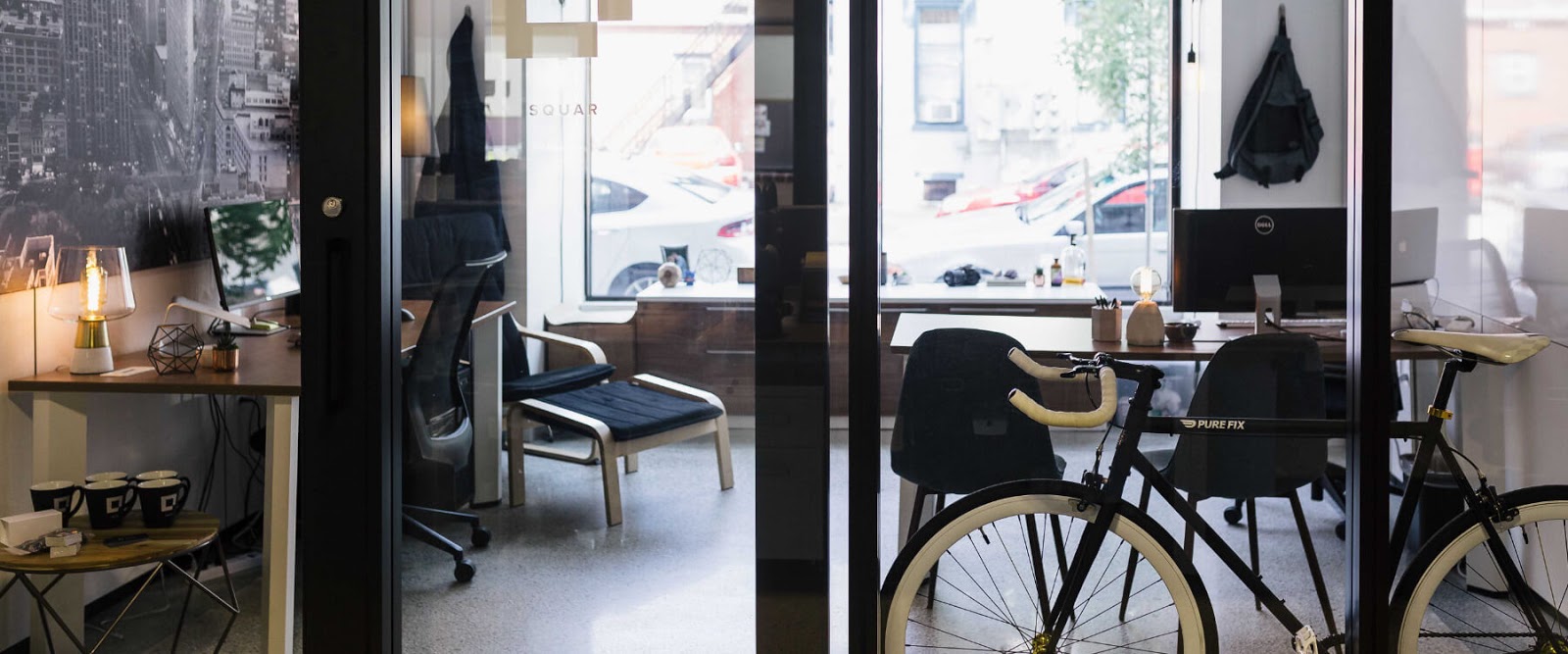
st@rtup’s capacity had just quadrupled, and that level of growth presents many challenges, including the need to implement and enforce systems and policies. As the Community Manager, Tori was responsible for introducing a lot of these new ideas as somewhat of an outsider.
st@rtup already had an established community of members who moved from the previous location, - plus, the community was going through a growth spurt. Tori needed to act fast, but her first task was to establish her place amongst the community.
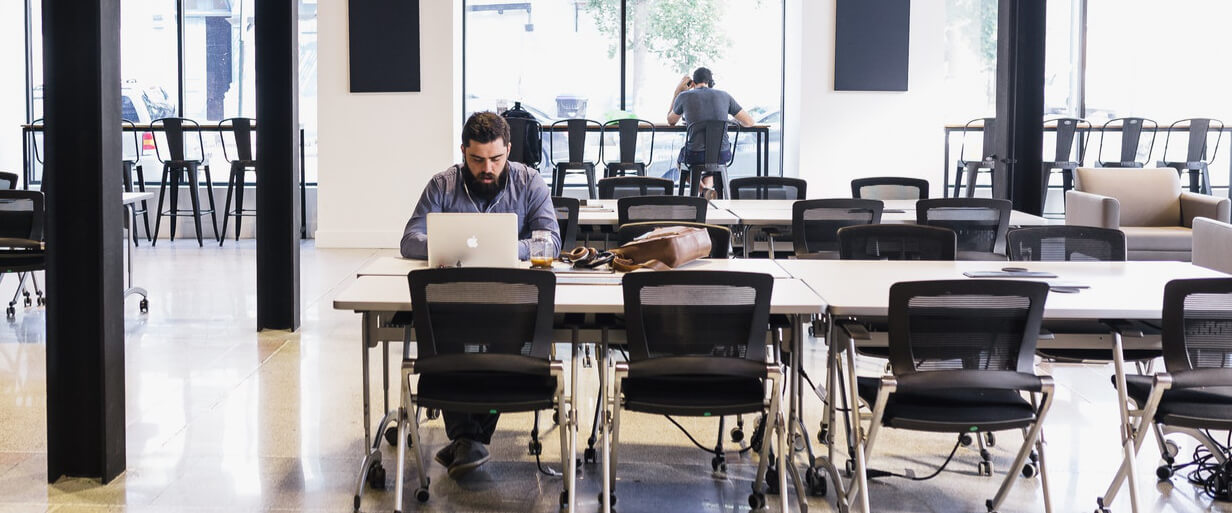
“I felt imposter syndrome so hard for the first few months,” Tori told me. “I was stepping into a job that hadn’t existed in the old space. My bosses were very transparent and told me, ‘We don’t know what this job entails, we’ll have to figure it out.’ That was very intimidating.”
This experience taught her a critically valuable lesson about successful community management.
"I wish I would have realized sooner that I wasn't exempt from the community I was trying to build," Tori says. "If you're just on the outside, building it but not actively being in it, you really can't make an impact. And there's a lot of extroversion required in that."
Find or Create a Support System
For the few of you who may be unfamiliar with the role of a community manager, there can be a lot of misconceptions. The demands of the position and its importance in the success of a space can be exhausting. Tori's advice for aspiring community managers? Seek out a support network.
“It’s a very new career,” says Tori. “It’s very demanding and rewarding at the same time. It’s important to have a good support system for yourself individually even though you’re facilitating that space for other people.”
There are all sorts of ways for community managers to connect. There's the Coworking Leadership Slack group, where space operators regularly seek support and advice from one another. Another great way to connect is by attending one of the many coworking events worldwide, like CU Asia, GCUC, and Coworking Europe. There may even be a smaller regional event in your area.
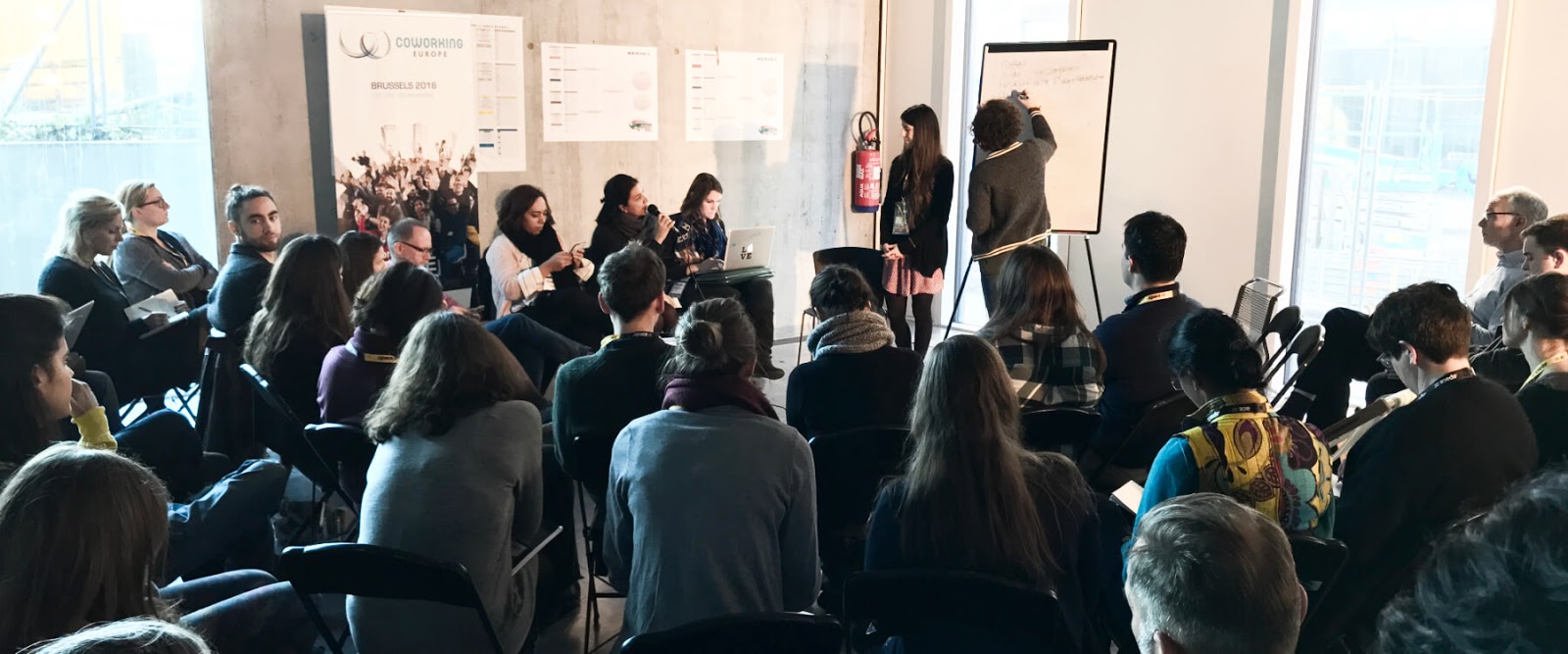
Never miss a beat!
Want to see it in action?
Getting Members On Board With New Tech
Of course, with the new space and new members also came a need for new technology. But the switch to new tech, especially if there wasn’t any tech before, requires adjustment from the member community. I asked Tori how she handled the transition.
“It came down to being really direct with people,” Tori told me. “As new members came flooding in, you had a community that didn't really exist yet, one that was still forming, and an existing community from before. Plus we're all in a new space together. So trying to get people to use the technology came down to telling them, ‘yes, we now have these rules.’”
Ultimately, the transition was pretty smooth, in large part because they landed on a bit of tech that made it easy.
"Honestly," Tori told me, "I don't think we ever got people to completely transition to the new protocol until we switched over this platform. That made more sense to people because we just have a button from our site to take you to the booking page, which is really cool. It integrates with the whole coworking experience rather than feeling like yet another thing to keep track of."
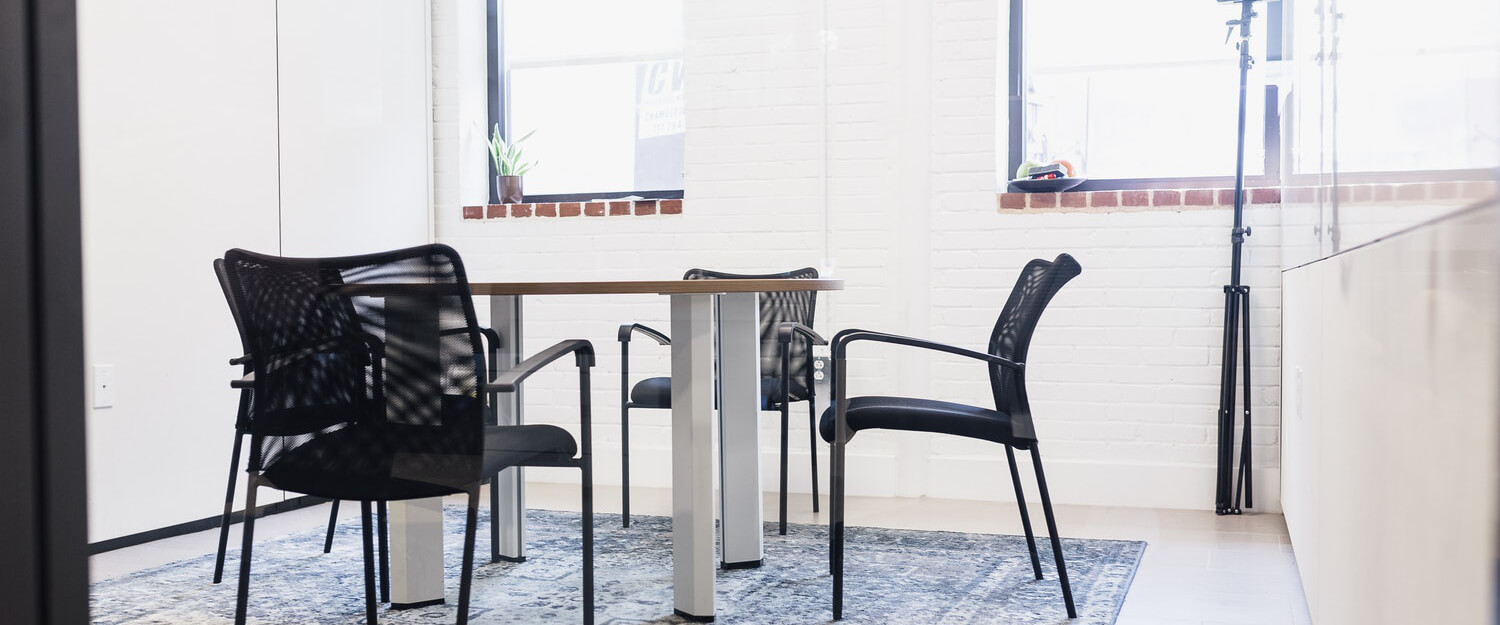
Impact in a city vibrant with culture and history
With systems in place, I wanted to know more about Harrisburg in general, and how Tori saw st@rtup fitting into the local community.
"I really love Harrisburg," she told me. "It's such a river city. The homes that I've loved most have always been in river cities. It has such a rooted community, and the people here in this city are the reason I wanted to get into coworking in the first place."
Harrisburg certainly sounded like a great place, but I wanted to know more about this community Tori was describing, as well as how the coworking space fit into the mix. She explained to me the diversity of the people, as well as the numerous social and cultural events that happen regularly.
“We have ‘Third in the Burg’ on the third Friday of every month,” Tori told me. “All of these businesses and art galleries and spaces around town – like entertainment venues and restaurants – open up their spaces for three hours for free. Even the art museum with traveling exhibits. There’s an overwhelming amount of galleries.”
Tori also told me that st@rtup is only a few blocks from the Susquehanna Riverfront Park, built as part of the City Beautiful movement in 1901. It's also just a short walk to Broad St. Farmers Market.
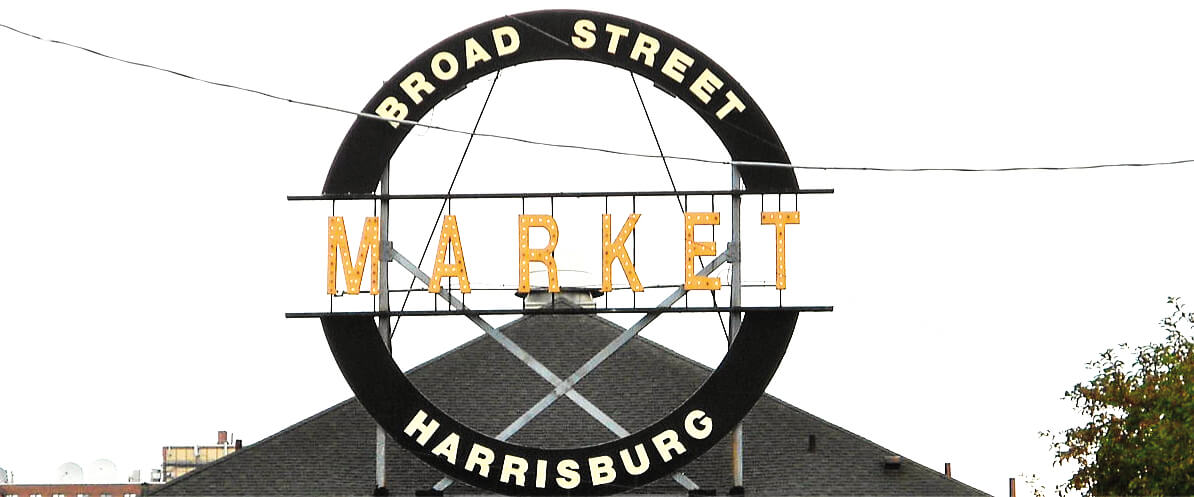
"It's one of the longest operating indoor farmers markets in the country," Tori says. "It actually predates the civil war. It's a very, very beautiful cultural space. Harrisburg, historically, has been pretty divided by class and race, but the Broad Street Market is an incredible space where you really feel everyone coming together. It's a diverse and community-owned space, and I really value that."
Contemporary issues of division and gentrification run deep in Harrisburg, as the city comes to terms with its past and the recent economic downturn. But Tori sees coworking spaces as playing a critical role in these conversations and believes that operators shouldn't avoid them, but instead engage head-on with these issues and act as a force for change.
“Proactively creating spaces for diversity, and empowering people to start businesses,” Tori says, “should be a priority for any coworking space. You should be looking at everybody who's in the community and asking what you can do to empower people–and listen.”
But Tori also says that space operators should make sure they’re looking at their community across the board, not just the community in their space. In other words, she agrees that you should be a part of the ecosystem around you, and work to make a positive change in your area overall.
This type of ecosystem development is often criticized as a form of gentrification, Tori told me, and that needs to be addressed directly. "I think gentrification is fascinating," she says. "because, in some ways, it certainly feels inevitable in any growing city. The problems come in when you forget the people who are, and have been, rooted here. If you can leverage that wave, that new energy, and use it to build up the entire community—not just new folks—I think it can be a powerful force for change. Coworking spaces should be taking stock of their existing environment and building an ecosystem inclusive of that ecosystem and the people in it.”
Building the New Ecosystem at st@rtup
You can find an example of this ecosystem building, as well as how it can benefit a coworking space in return, in st@rtup’s partnership with The Foundry Makerspace, a Harrisburg nonprofit.
"Harrisburg Makerspace offers fellowships every year," says Tori, "where they send individuals excelling in areas of STEAM into the Harrisburg school system. These Fellows work directly with the school administration to increase the capacity for project-based education in science, technology, engineering, arts, and mathematics."
As a part of this partnership, The Foundry has set up their headquarters in the corner of st@rtup’s hot desking area.
"It's been really cool to see the impact of each cohort of Fellows on the space," Tori told me. "It means there's always going to be a new wave of people in the space on a regular and consistent basis. They stir up the ecosystem. When you have that kind of movement, it creates countless opportunities to facilitate connection and build events."
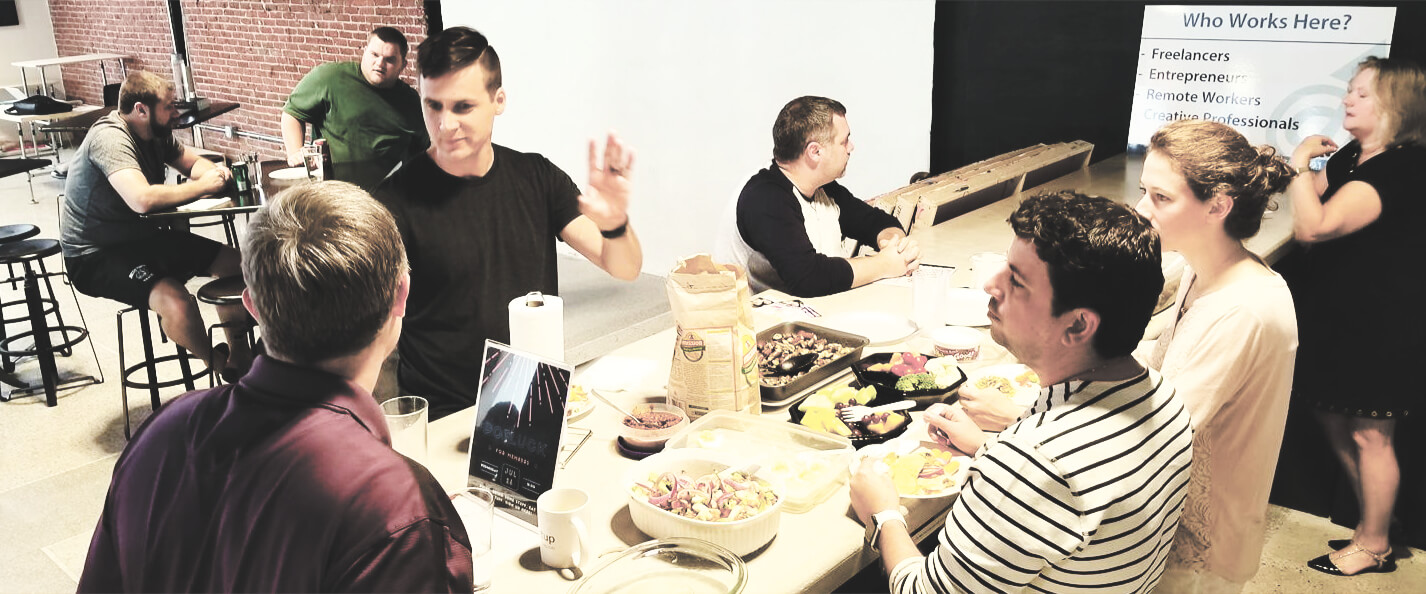
That sense of connection and community building is at the heart of st@rtup, and for Tori, it’s the best part of her job.
“What I see here is really a beautiful human connection with other people,” Tori says. “There are people who go ski together when they're out of work. They invite each other to each other's homes. They are engaging in a community that starts here but doesn't end here. I think that counts as a success.”
---
Honestly, I couldn't sum it up better myself. Tori's hit the nail on the head by realizing that the space is just a space and that it's the impact you make with your space that counts. One thing's for sure, Harrisburg, with its apparent diversity and vibrancy, is firmly on my list of places to visit next time I'm in the states.
Marketing Director, founder at Coworking Insights, coworking maven, digital nomad, lover of wine & tacos.



